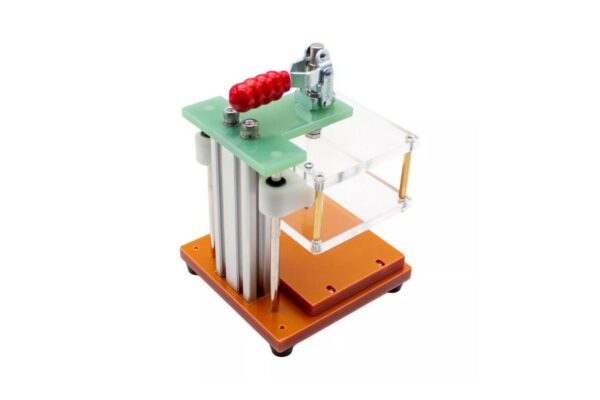What is Bare Board Test (BBT)
Bare Board Test (BBT) is an essential process in the printed circuit board (PCB) industry that involves testing unpopulated PCBs for shorts and opens. During this test, the PCB is examined for unintended connections between points that should not be connected, known as shorts, as well as missing connections between points that should be connected, known as opens. The primary objective of the Bare Board Test is to ensure the quality and functionality of the PCB before components are added.
In high-volume production, a fixture or rigid needle adapter is commonly used to establish contact with the copper lands on the board. However, due to the significant fixed cost associated with these fixtures, they are typically only economically viable for high-volume or high-value production.
For small or medium volume production, flying probe testers are often employed. These testers utilize test probes that are moved over the board by an XY drive to make contact with the copper lands. This method offers flexibility and cost-effectiveness for lower volume production runs.
The Computer-Aided Manufacturing (CAM) system plays a crucial role in the BBT process. It instructs the electrical tester to apply voltage to each contact point as required and verifies that this voltage appears only on the appropriate contact points. This ensures that the electrical connections on the PCB are functioning correctly.





